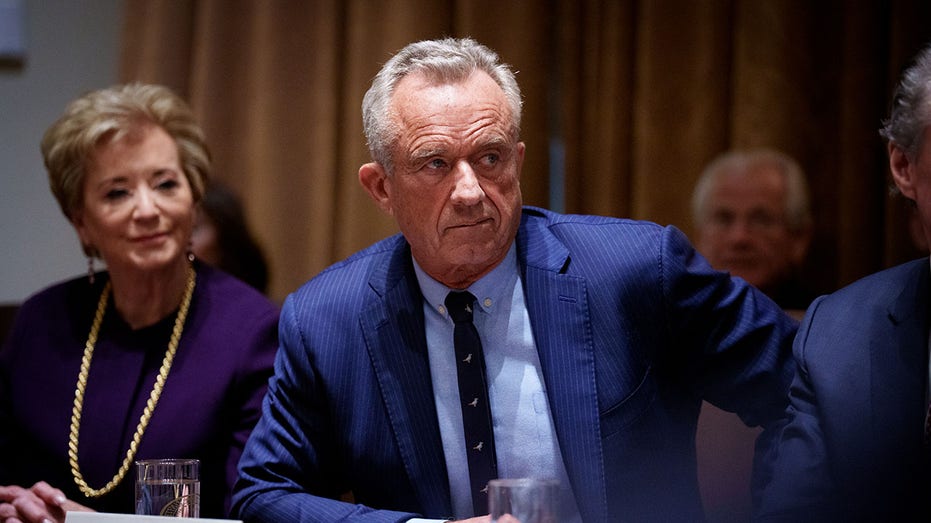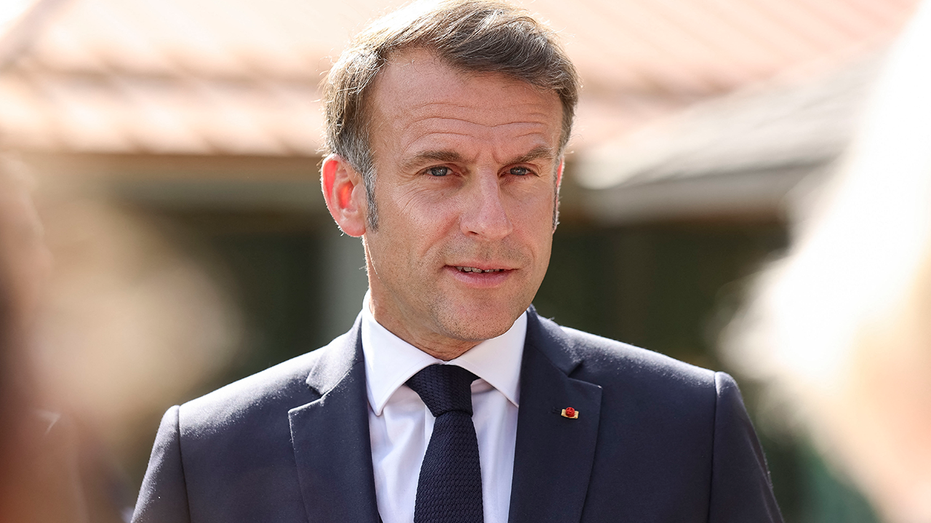HHS Announces Workforce Cuts of 10K, Saving $1.8 Billion Annually

Sarah Johnson
March 27, 2025
Brief
The US Department of Health and Human Services announces a major restructuring, cutting 10,000 jobs and consolidating divisions to save $1.8 billion annually and boost operational efficiency.
The U.S. Department of Health and Human Services (HHS) has announced a significant restructuring plan, which includes laying off approximately 10,000 full-time employees. The initiative is expected to save taxpayers $1.8 billion annually, signaling a dramatic shift in how the department operates.
The workforce reduction comes as part of President Donald Trump's executive order under the Republican-led "Department of Government Efficiency Workforce Optimization Initiative". This latest move, combined with earlier retirement programs and deferred resignation offers, could lead to a total downsizing of 82,000 to 62,000 employees at HHS.
HHS Secretary Robert F. Kennedy Jr. emphasized that this reorganization isn't just about trimming excess but aligning the department with its core mission. "We aren't just reducing bureaucratic sprawl. We are realigning the organization with its core mission and our new priorities in reversing the chronic disease epidemic," Kennedy stated. He further promised, "This Department will do more – a lot more – at a lower cost to the taxpayer." Bold words, indeed.
The restructuring plan includes consolidating the department’s 28 divisions into 15 new ones, such as the newly established Administration for a Healthy America (AHA). Five regional offices will also close as part of this streamlining effort. The AHA will integrate several agencies, including the Office of the Assistant Secretary for Health (OASH), Health Resources and Services Administration (HRSA), and Substance Abuse and Mental Health Services Administration (SAMHSA).
HHS claims this consolidation will improve coordination for health services targeting low-income Americans and focus on areas like primary care, maternal and child health, mental health, and environmental health. Breaking down artificial divisions between similar programs, such as moving SAMHSA under the AHA umbrella, is intended to boost operational efficiency.
The overhaul also touches on the Centers for Disease Control and Prevention (CDC). The Administration for Strategic Preparedness and Response (ASPR), responsible for public health emergency response, will now be part of the CDC, reinforcing its mission to protect Americans from health threats. On the leadership front, President Trump has nominated Susan Monarez, the acting CDC director, to officially lead the agency.
A new assistant secretary for enforcement will oversee departments combating waste, fraud, and abuse in federal health programs. Additionally, the assistant secretary for planning and evaluation (ASPE) will merge with the Agency for Healthcare Research and Quality (AHRQ) to form the Office of Strategy, aimed at enhancing research and improving federal health program effectiveness.
Critical services for older adults and individuals with disabilities will be integrated into other HHS agencies, including the Administration for Children and Families (ACF) and the Centers for Medicare and Medicaid Services (CMS). HHS assured the public that Medicare and Medicaid services will remain unaffected by this reorganization.
While the plan is ambitious, it’s hard not to wonder if such sweeping changes will deliver on their promises or just create new layers of complexity. But hey, if they pull this off, it could be a game-changer for both taxpayers and public health.
Topics
Editor's Comments
Honestly, the phrase "Make America Healthy Again" is a touch ambitious, given the scale of this restructuring. While cutting bureaucracy sounds great on paper, I can't help but feel that merging so many agencies might create unintended chaos. Let's hope this 'streamlining' doesn’t end up as the bureaucratic equivalent of mixing too many colors and getting a dull gray.
Like this article? Share it with your friends!
If you find this article interesting, feel free to share it with your friends!
Thank you for your support! Sharing is the greatest encouragement for us.



